Kalanchoe Care: How to Grow These Bold, Colorful Succulents Indoors and Out

If you’re looking for a vibrant, low-maintenance plant that blooms with almost no fuss, Kalanchoe might be your new favorite. From rich green leaves to colorful flowers and sculptural shapes, this diverse succulent genus has something for everyone. In this guide, you’ll learn how to care for Kalanchoe indoors and outdoors—and how to keep it looking its best year-round.
Table of Contents
What Makes Kalanchoes So Unique
Kalanchoes are succulent plants native to Madagascar and tropical Africa, where they thrive in arid, sunny environments.
They belong to the Crassulaceae family and are beloved for their thick leaves, drought tolerance, and vivid blooms.
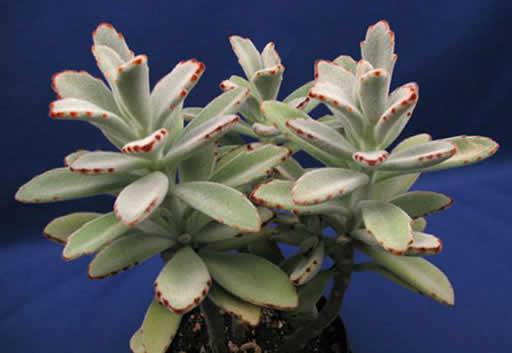
Some Kalanchoe species are grown mainly for their long-lasting flowers, while others are known for their architectural foliage or interesting textures.
Many varieties stay compact, making them ideal for shelves, windowsills, and small containers.
They’re also great gifts, especially around holidays, because of their cheerful appearance and easy care.
Light Requirements
Kalanchoe thrives in bright, indirect sunlight and can tolerate some direct sun, especially morning light.
Outdoors, they do best in partial to full sun depending on the variety and climate.
Indoors, place them near a south- or west-facing window for the best growth.
If your plant gets leggy or leans toward the light, it’s likely not getting enough.
For blooming varieties, at least 6 hours of light a day is needed to encourage flowering.
Watering Instructions
Like most succulents, Kalanchoe prefers to dry out between waterings.
Water thoroughly when the soil is completely dry, allowing any excess to drain away.
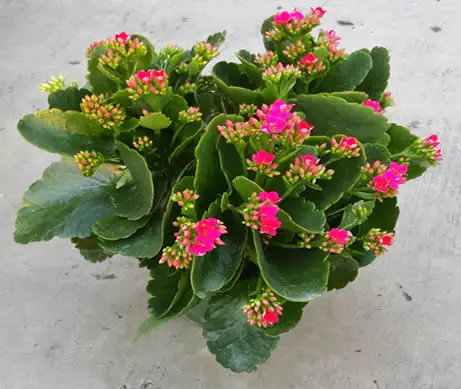
Overwatering is the most common issue—leaves will become soft, translucent, or mushy.
Reduce watering during the winter when the plant is dormant or growing more slowly.
Signs of underwatering include shriveled or wrinkled leaves.
Soil and Potting
Kalanchoe needs well-draining soil to prevent root rot.
Use a cactus or succulent mix, or create your own by mixing potting soil with sand and perlite.
Always use a container with drainage holes, and consider terracotta pots to help wick away excess moisture.
Repot every 2–3 years or when the plant outgrows its container.
Fertilizer
Kalanchoes benefit from occasional feeding, especially if you want vibrant foliage or flowers.
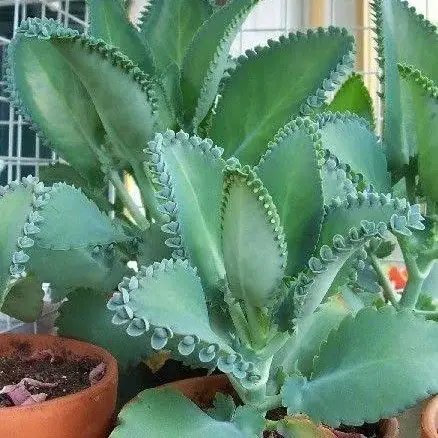
Use a balanced, water-soluble fertilizer with an NPK ratio such as 10-10-10 like this one, or a bloom-boosting mix like 2-7-7 like this one.
Feed once a month during the growing season (spring through early fall), and skip feeding in winter.
Avoid over-fertilizing, which can lead to weak, leggy growth.
Pruning and Maintenance
Prune Kalanchoe to shape the plant and encourage fuller growth.
Remove spent blooms to redirect energy to foliage or new flower buds.
If the plant becomes leggy, trim it back—Kalanchoe responds well to pruning and often sprouts new shoots from cut areas.
Cut stems can be used to propagate new plants as outlined in the article How to Propagate Kalanchoe (Kalanchoe spp.): The Easy Way to Multiply These Stunning Succulents.
Always use clean, sharp scissors to avoid damaging the stems.
Clean dust from leaves with a soft brush or dry cloth to keep them looking their best.
Best Spot in the Home
Kalanchoes are great for sunny indoor spots like kitchen counters, living room tables, or window ledges.
Blooming types like K. blossfeldiana do well in bright, dry areas, while foliage varieties like K. tomentosa or K. beharensis add texture to minimal or modern interiors.
Avoid placing them in high-humidity areas like bathrooms.
Outdoor Care
Outdoors, Kalanchoe loves warmth and light but must be protected from frost.
They’re best suited to USDA zones 10–12 but can be grown in containers and brought indoors for the winter in cooler zones.
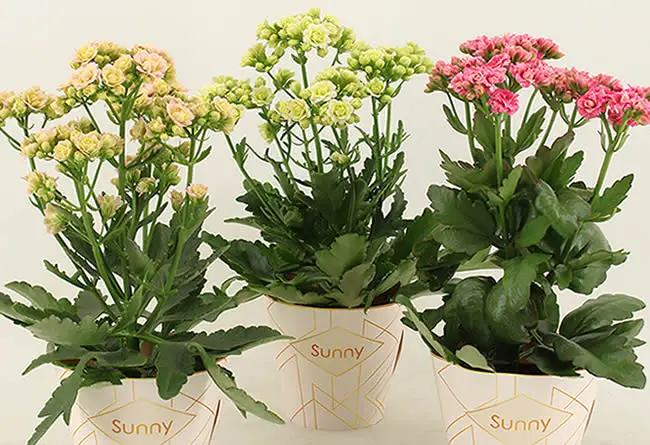
Plant in sandy, well-draining soil and provide some afternoon shade in hot climates.
If grown in the ground, space them well to allow airflow around thick foliage.
In rainy regions, grow in pots to avoid soggy roots.
Common Problems and Fixes
Mushy, drooping leaves: Usually a sign of overwatering. Let the soil dry and adjust your schedule.
Shriveled or curled leaves: Often a result of underwatering or excessive heat. Water deeply and monitor sunlight exposure.
Leggy stems: Caused by low light. Move your plant to a brighter location or prune it back.
No flowers: Not enough light or incorrect daylength. Some varieties need short days to initiate blooming—try giving 12–14 hours of darkness for a few weeks.
Powdery mildew or black spots: Usually due to poor airflow or excess humidity. Improve ventilation and reduce misting or overhead watering.
Popular Kalanchoe Varieties
There’s a Kalanchoe for every style—from bold flowers to fuzzy leaves.
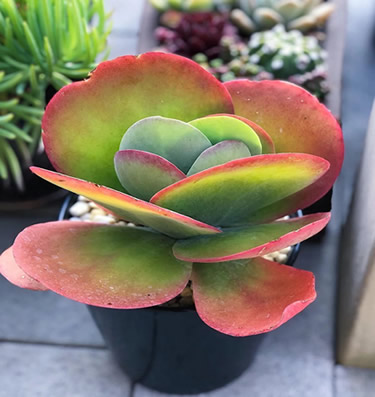
Here are some popular types:
-
Kalanchoe blossfeldiana – Known for its bright clusters of flowers in red, pink, yellow, or orange. Often sold as a gift plant.
-
Kalanchoe ‘Dragonfire’ – Striking red-edged leaves that add a dramatic flair to any arrangement.
-
Kalanchoe daigremontiana – Also known as the Mother of Thousands, it grows baby plantlets along its leaf edges.
-
Kalanchoe beharensis – Large, velvety leaves with a sculptural shape. Often called “Felt Bush.”
-
Kalanchoe thyrsiflora – A paddle plant with round, red-tipped leaves that stack like coins.
-
Kalanchoe tomentosa – Commonly called “Panda Plant,” it has fuzzy, silver leaves with dark brown spots.
-
Kalanchoe luciae – Often confused with thyrsiflora, this one has thinner leaves and turns a deep red in bright sun.
-
Kalanchoe ‘Silver Spoons’ – A compact variety with rounded, spoon-shaped silvery leaves.
-
Kalanchoe fedtschenkoi – A trailing type with scalloped blue-green leaves that blush pink at the edges.
-
Kalanchoe pumila – A low-growing species with frosted, lavender-toned leaves and small pink flowers.
-
Kalanchoe orgyalis – Known as “Copper Spoons” for its bronze, paddle-like leaves.
All of these varieties share similar care needs, making them easy to mix and match in your indoor garden.
Final Thoughts
Whether you’re after cheerful flowers or bold textures, Kalanchoes are a fantastic choice for anyone who wants beauty without the fuss.
Their adaptability, unique foliage, and ability to thrive with minimal attention make them a go-to succulent for both indoor and outdoor spaces.
With a little sun, the right soil, and a gentle watering hand, your Kalanchoe will reward you with stunning displays all year long.
Thanks for reading! I'm Michael — houseplant fanatic and your Pinterest plant guide.
Follow me on Pinterest for fresh updates 🌿



